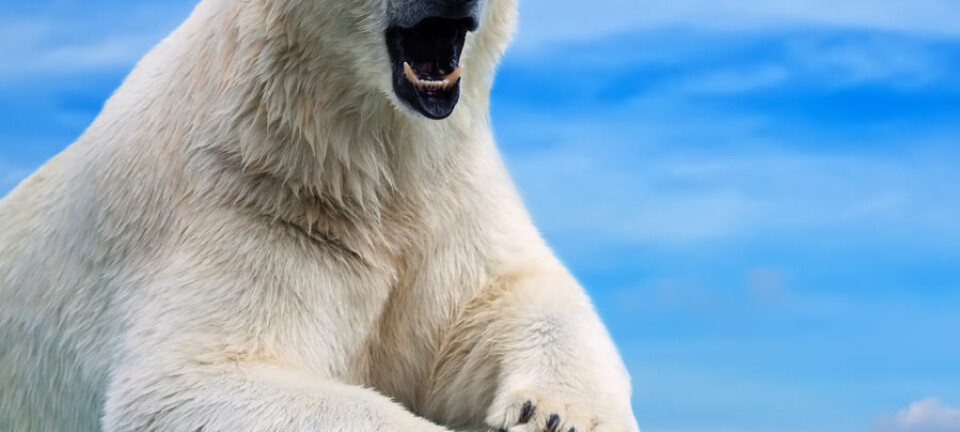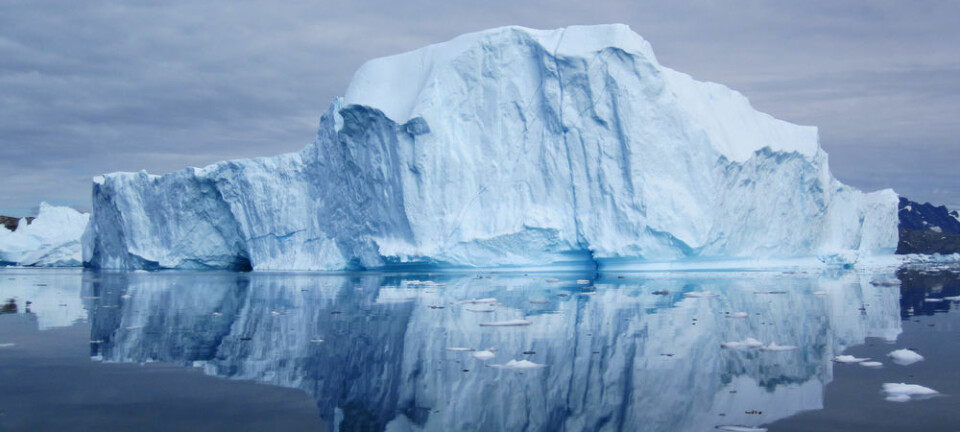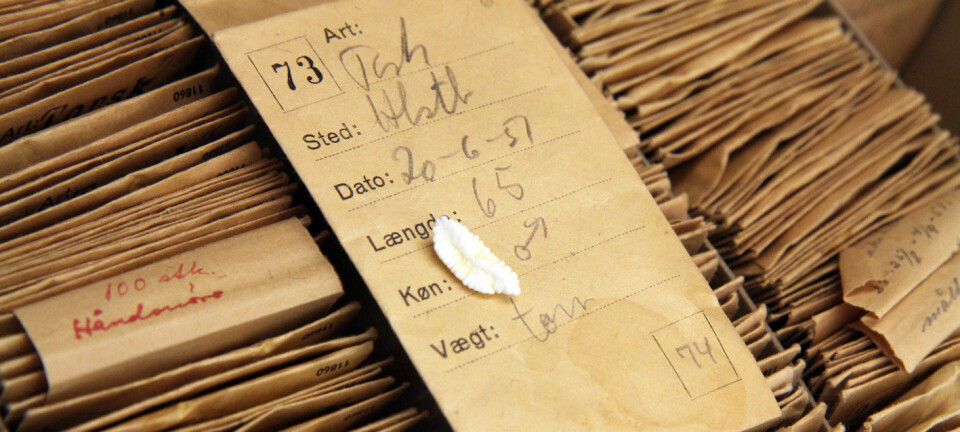Flying rubber dinghy opens up remote parts of Greenland to scientists
A flying rubber dinghy gives scientists an inexpensive and flexible way of reaching Greenland's most remote areas.
It can be difficult for scientists to reach the most remote lakes and glaciers on research expeditions to Greenland.
But now, they have the help of a unique piece of equipment: a flying rubber dinghy which solves the very tangible problems facing scientists on expeditions to Greenland where they have to navigate in terrain that is often rugged and inaccessible and can take days to reach if you don't rent a helicopter.
The flying rubber dinghy is an ultralight aircraft with a rubber dinghy attached underneath it, enabling it to take off and land on water.
It can fly at up to 80 kilometres (50 miles) an hour, has a wingspan of 11.15 metres and weighs in at around 250 kg. In the air, it can carry up to 450 kilograms (including fuel and two people on board) and has a maximum altitude of 3,000 metres. It’s powered by twin cylinder two-stroke engine with a four-bladed, rear-facing propeller to push it forward.
It is small, simple, and cheap to fly. A full tank of 30-35 litres will keep keep it in the air for a few hours, giving it a range of around 150 kilometres
Efficient and flexible time saver
For scientists, the flying rubber dinghy is a welcome addition.
"It’s highly efficient,” says Kurt H. Kjær from the Centre of Geogenetics.
In 2011, he used the dinghy to reach remote lakes where he drilled for core samples to aid his research. He says it would’ve taken them ages to get reach those locations by traditional means.
"Two of us flew out there, found the place where we wanted to drill, cast anchor, and drilled our core. We could do the trip in 3-4 hours and were able to cover a very large area," says Kjær.
Flying rubber dinghies can also keel over
In addition, the flying rubber dinghy was used for reconnaissance and photo documentation, as well as flying to a remote lateral moraine with heavy equipment on board to saw out rock samples.
On the final part of the expedition to Narsarsuaq it was also used to collect water samples from a number of remote lakes.
The flying rubber dinghy got into trouble once during the course of the expedition when it keeled over. Luckily, no-one was hurt and after a week of repairs it was back in the skies over South Greenland.
---------------
(This article is reproduced on this site by kind permission of Polarfronten, a Danish online magazine with news about polar research.)
Read the original story in Danish on Videnskab.dk
Translated by: Hugh Matthews










